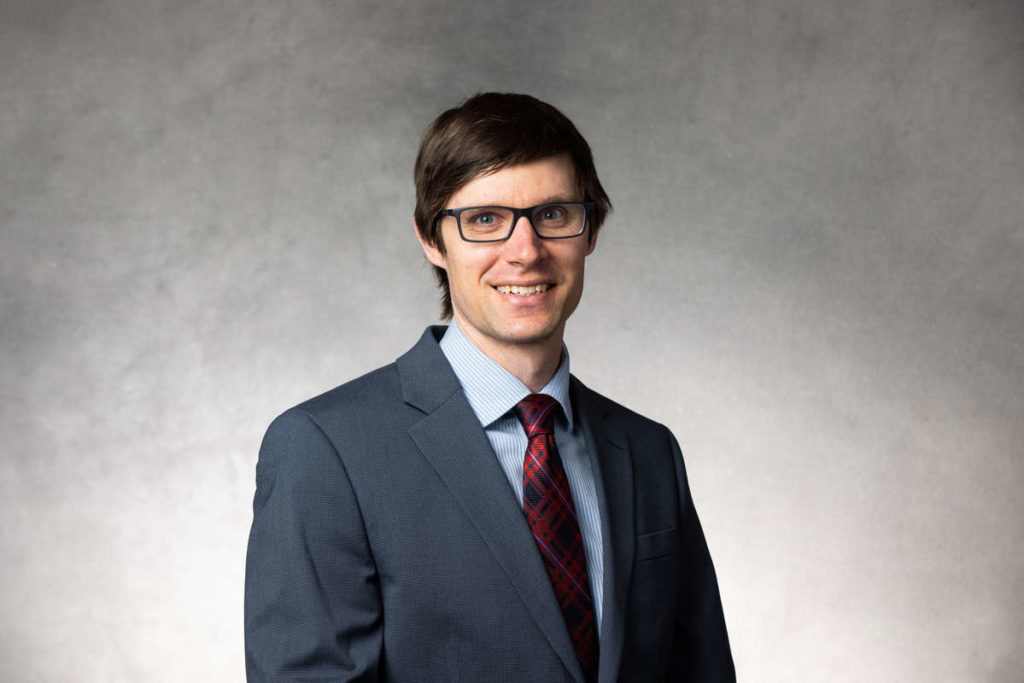I am trying to be a modern media consumer: reading blogs, checking e-mails, browsing websites, seeking links and checking “tommiemedia.com” – daily. The student website looks good, particularly when student journalists climb on a story quickly and smartly.
They did exactly that on a couple of breaking stories recently. The first was a lockdown at St. Paul College after a student reported seeing a man with a gun. It happened late in the morning, and at 12:55 p.m., tommiemedia.com posted the story. The other example of perseverance and awareness is the updating of the cases of H1N1 flu on campus; Brent Fischer reported that the number doubled in a week. The 90-second video updates look crisp and clean, but they’ll be more interesting when the students roll in video to go with the pictures.
So, I am trying to get with the new media flow. But this past week also has been an opportunity to revel in slow-and-old television – with Ken Burns’ documentary, “The National Parks: American’s Best Idea.”
The six-part doc is exquisitely photographed, smartly written and spiritually focused. Again and again, Burns comes back to the relationship we have – or ought to have – with the majesty around us, especially when it has been preserved for all the people, not a favored few.
“Today’s national parks,” says Burns, “had a profound and often spiritual impact on the first settlers who saw them and on the visionaries who fought tirelessly to preserve them as the common property of the American people.”
From the field of wildflowers in a meadow near the crest of Crater Lake to the mud pots of Yellowstone, Burns lets the camera linger. I can almost feel my heart rate slow and my mind ease. I pay attention to the words and the talking heads, especially Shelton Johnson, a U.S. Park Service ranger. Here he is, one of those much-derided “government workers,” with a passion for his job that few could even imagine, much less imitate.
“I remember the first time I arrived at Yellowstone and I got off the bus,” he says to the camera, “. . . and I was stepping down onto the ground and there was a bison walking by – just strolling by.
“And I said to the driver, ‘Does this happen all the time?’ He looked at me and said, ‘All the time.’ And I said to myself, ‘I have arrived. I can’t imagine any other place.’ ”
I was envious – truly envious – of his passion. I had just a fleeting thought: maybe I ought to have been that “forest ranger” I always talked of wanting to be when I was 10.
That’s how it is with slow-and-old media, including that anachronism called a daily newspaper: They make you stop and think.






